The Los Angeles campus of California State University hardly seems fertile ground to introduce studies on Jewish culture and history.
Located five miles east of the downtown Civic Center, Cal State L.A. has some 21,000 students, of whom more than half are Latino, almost a quarter Asian American and 8.4 percent African American.
Among the 15.7 percent non-Hispanic whites, Jews make up such an insignificant portion that no statistics, or even good guesstimates, are available.
It is precisely because of this lopsided ethnic minority makeup that Carl M. Selkin is working hard to add a Jewish component to the curriculum.
"Our students, who are tomorrow’s public school teachers, have no connection with Jews in their lives and studies," said Selkin, dean of the College of Arts and Letters. "Many are immigrants, or the children of immigrants, and they need to know about the Jewish contributions to American society and the building of Los Angeles."
The campus site is near Boyle Heights, once home to a vibrant Jewish community before and during World War II. But by the time the campus was opened in 1956, almost all Jews had departed for the Fairfax area and the Westside.
That means that few students have had any regular contacts with Jews, leaving only a residue of anti-Semitic stereotypes and myths.
The Jewish studies program will start out fairly modestly next year (2004) by expanding present courses to reflect Jewish contributions in a given field. Selkin expects that the first such courses will be in the history of the film industry and in American literature.
As the program — and financial resources — grow, he hopes to add Jewish-oriented lectures by visiting experts, research projects, scholarships and special events.
These studies and activities will be part of the university’s American Communities Program, which has received challenge grants form the National Endowment for the Humanities and the Rockefeller Foundation.
However, to put the Jewish program on a sound financial footing, Selkin is seeking an endowment of $200,000 from Jewish community organizations and individuals.
The obvious question remains whether Latino, Asian and black students will have the interest, and time, to study about American Jewish culture, history and the immigrant experience.
Spare time is a factor since most students commute to campus, hold part-time jobs, and frequently are older men and women preparing for second careers.
Nevertheless, there are "lots of possibilities for the program to make an impact, if carefully planned," said professor Peter Brier, who taught English on campus for three decades.
"Many students are curious about Jews, beyond the myths and stereotypes," he said. "There is a growing interest in religious studies, including Judaism and Islam."
Brier also thinks that the current students, drawn largely from East Los Angeles and the San Gabriel Valley, may show a historical interest in the Jewish immigrants who preceded them in their communities.
Rabbi Michael Perelmuter, who worked with the now defunct Hillel Extension program on campus, believes that many Christian students, especially among Asian Americans, will wish to explore the Jewish roots of their faith.
"It will take an effort, but it is important to keep Jewish culture and history on the radar screen," he said.
One plus factor is the relatively large number of Jewish faculty members on campus. Seymour Levitan, who served as chairman of the psychology department, recalled that, in the 1960s, roughly one-quarter of his 100 full- and part-time academic staff was Jewish.
Although the number has declined as the older Jewish professors retire and are largely replaced by non-Jewish faculty, there still remains a sufficient core who could serve as instructors and supporters of a Jewish program, if they are willing.
Cal State L.A. has never approached the Jewish activism and presence found at the top American academic institutions, private and public, with their large and largely affluent Jewish enrollment and attractive Hillel centers.
On the other hand, the L.A. campus has been largely immune to pro-Palestinian demonstrations and confrontations.
"These issues don’t really interest our student body," Brier said.
However, there was a time, from the mid-1970s to the mid-’80s, when Cal State students regularly met for Shabbat dinners and Passover seders at off-campus homes, Perelmuter recalled, and there was even a short-lived Aish HaTorah campus chapter in the 1960s.
Between 1975 and 1991, Perelmuter served as the "itinerant" Hillel Extension rabbi for Occidental College, Caltech and Cal State L.A., until the extension program was axed for lack of funds.
"We weren’t all that large, but we had up to 50 Cal State students signed up with Hillel, we had speakers and cultural programs and some excellent interfaith dialogues," said Perelmuter, who is now director of interreligious affairs for the regional American Jewish Committee.
For more information on the Jewish studies program at Cal State L.A., contact Dean Carl M. Selkin at (323) 343-4001. Tax deductible contributions can be sent to Selkin, College of Arts and Letters, Cal State L.A,. 5151 University Drive, Los Angeles, CA, 90032-8100. Checks should be made payable to "The CSLA Foundation/Jewish American Endowment."










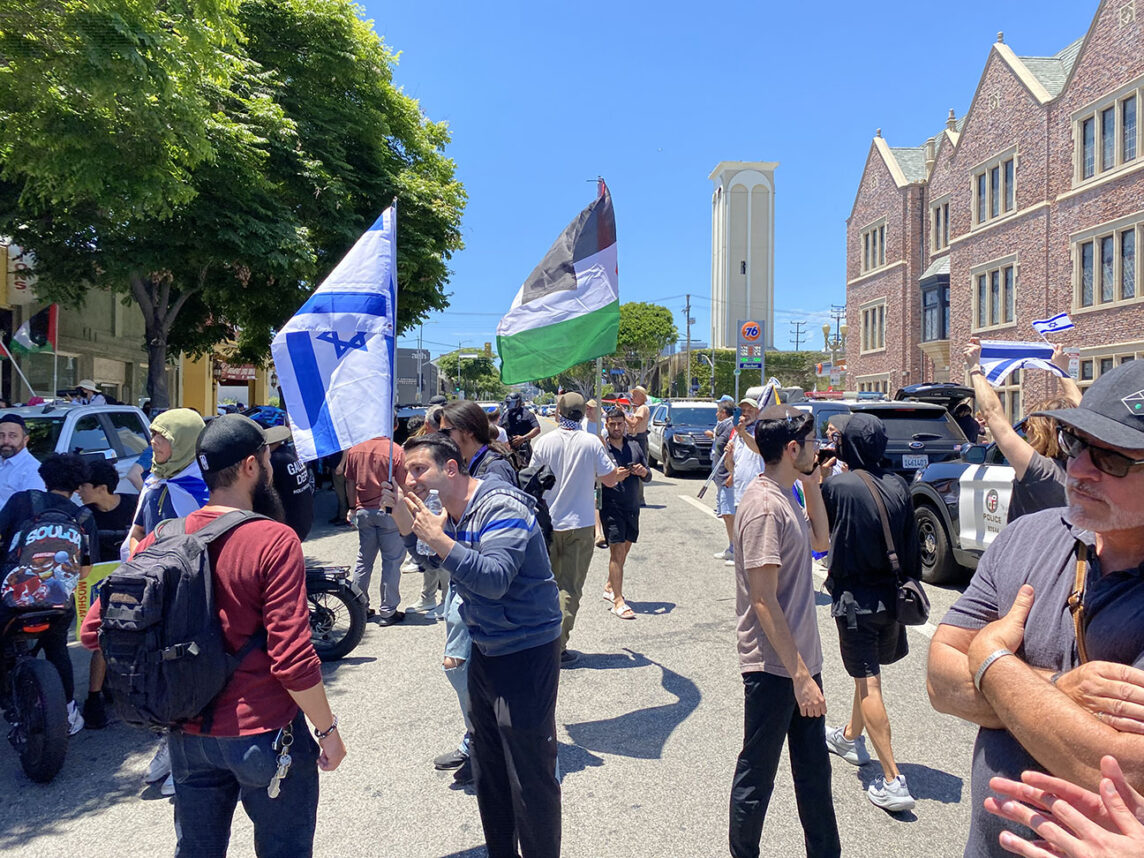
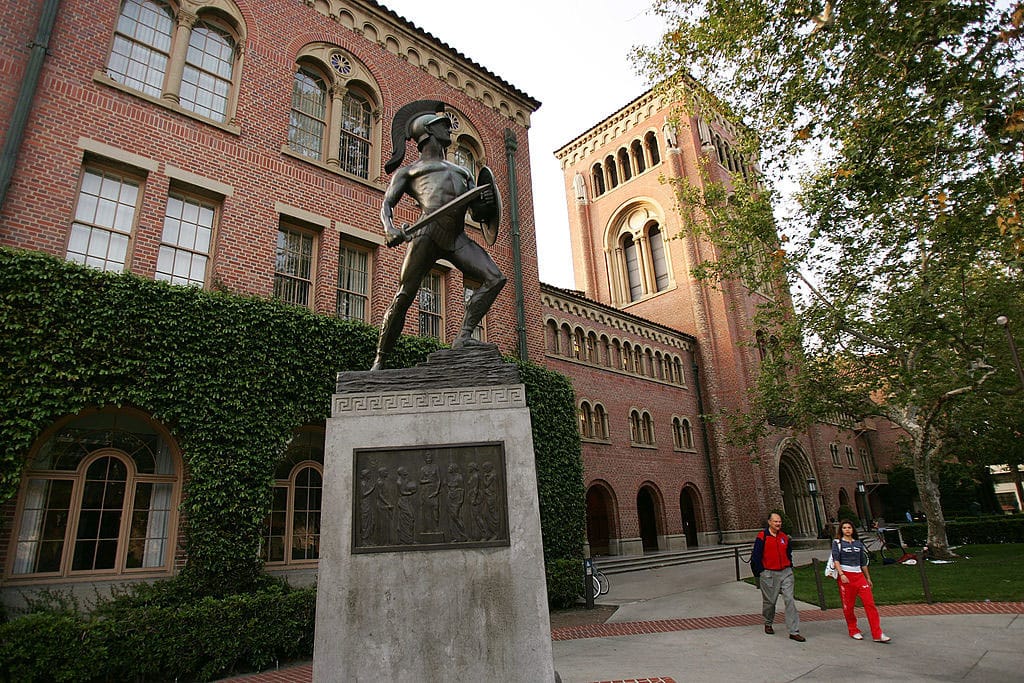
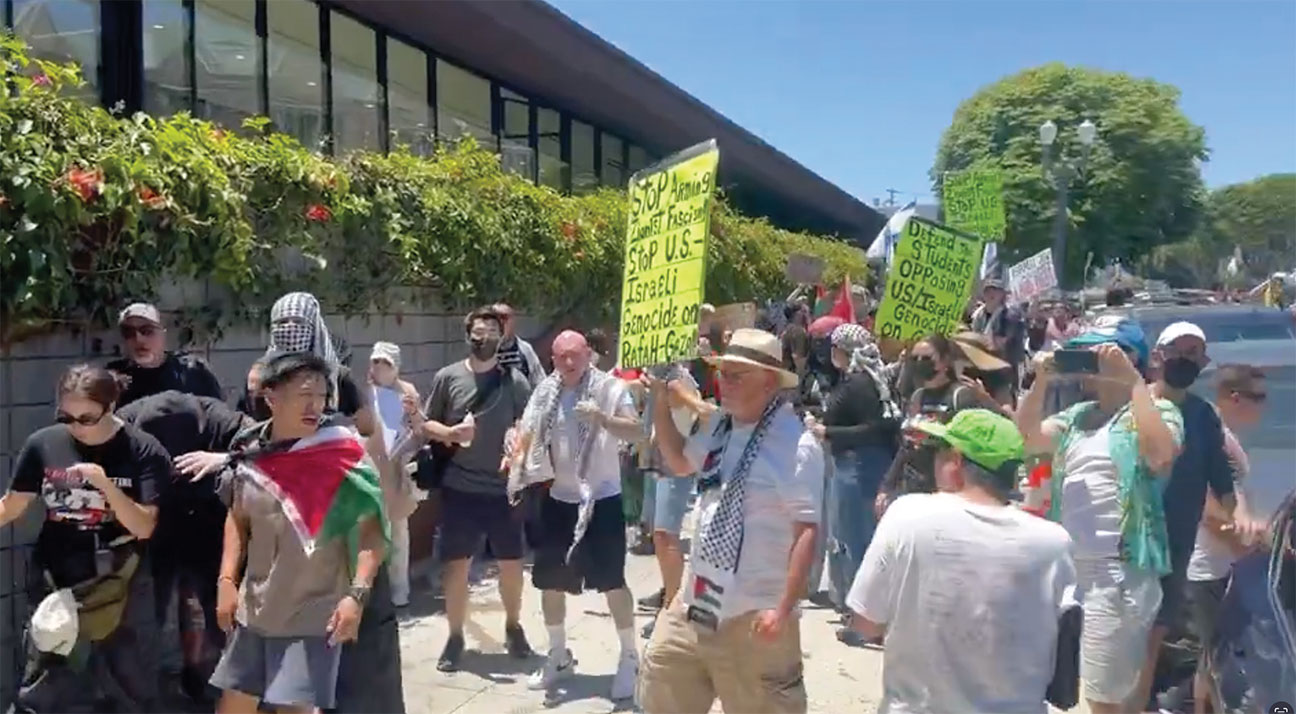
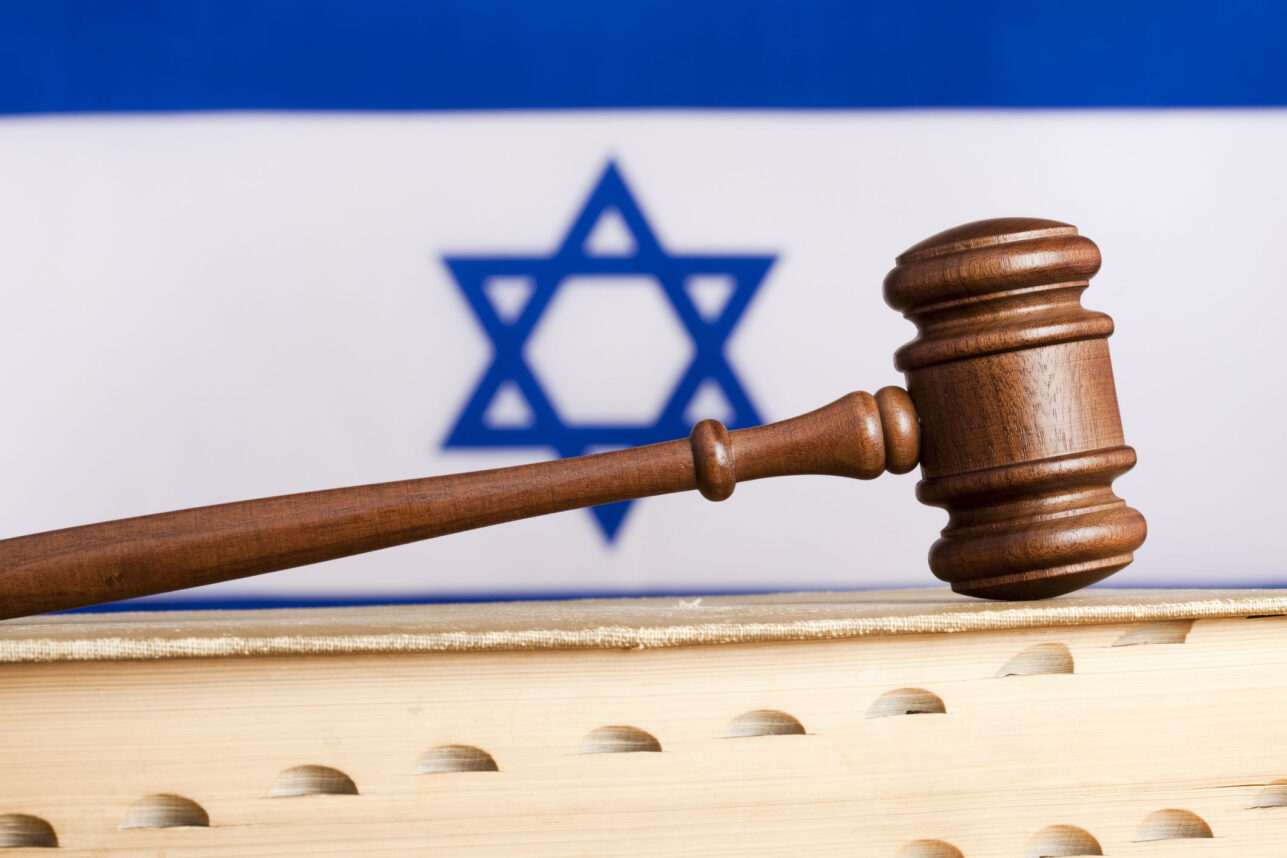


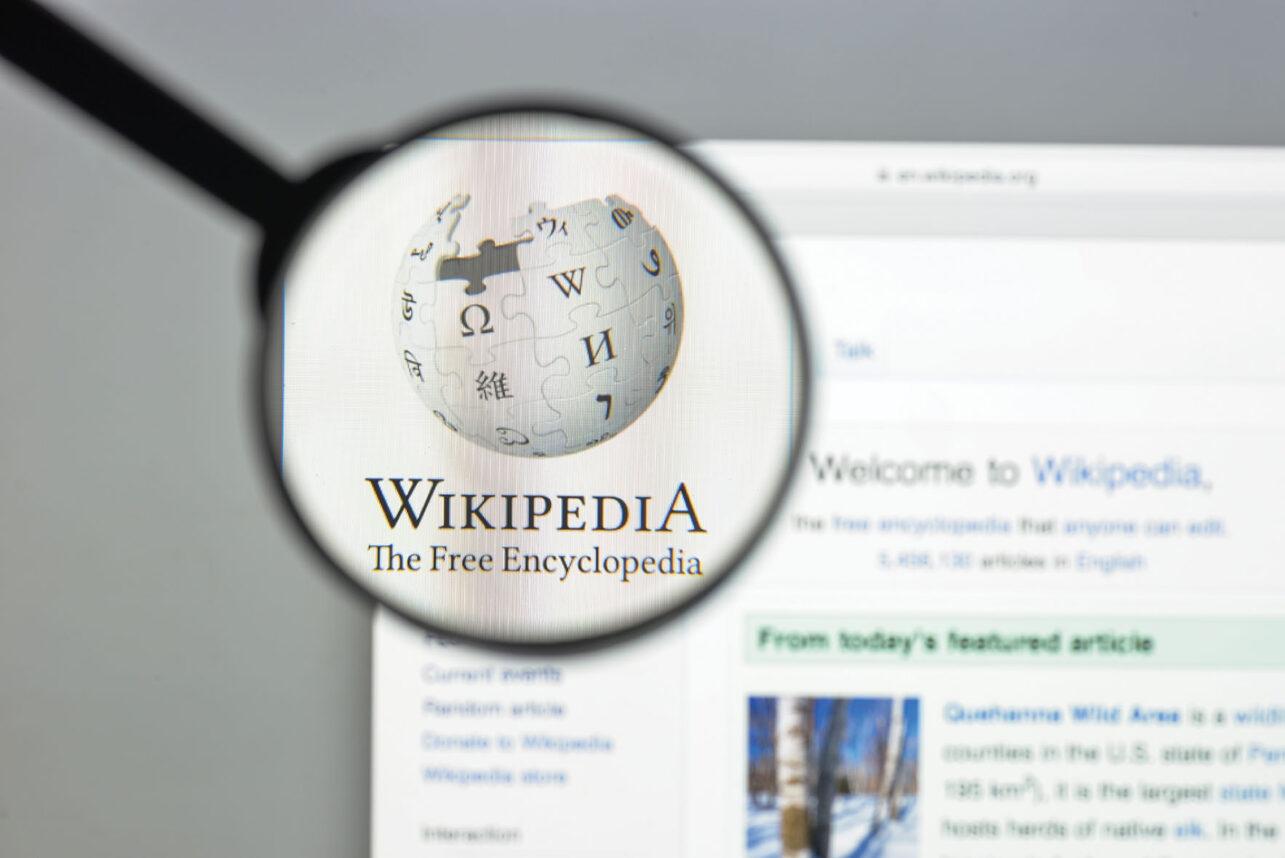
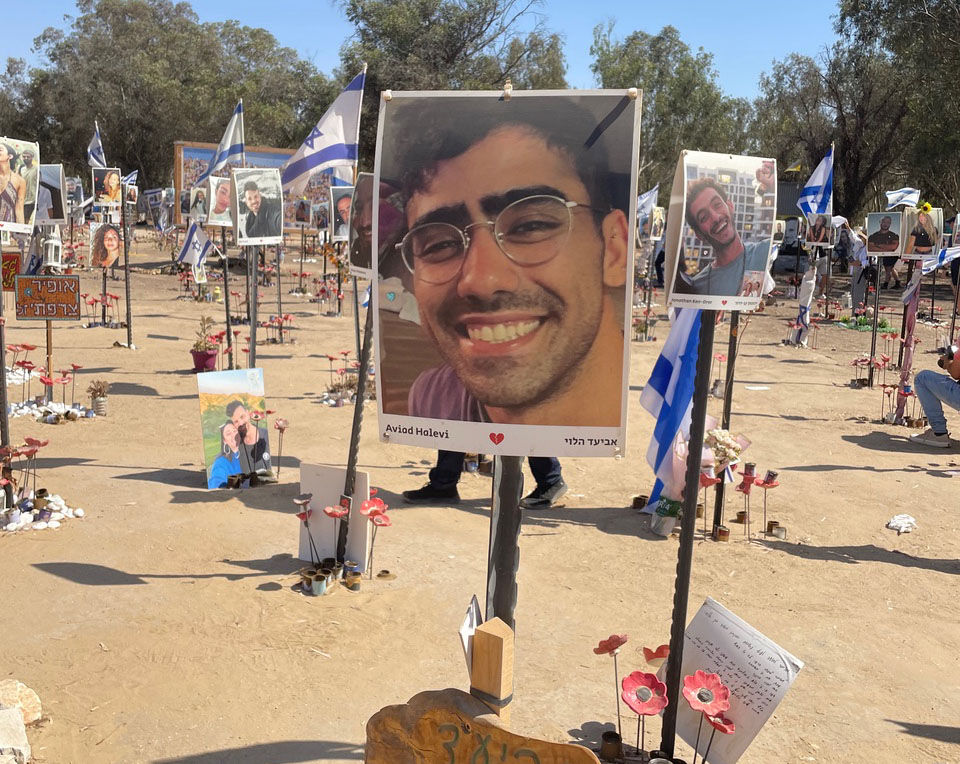




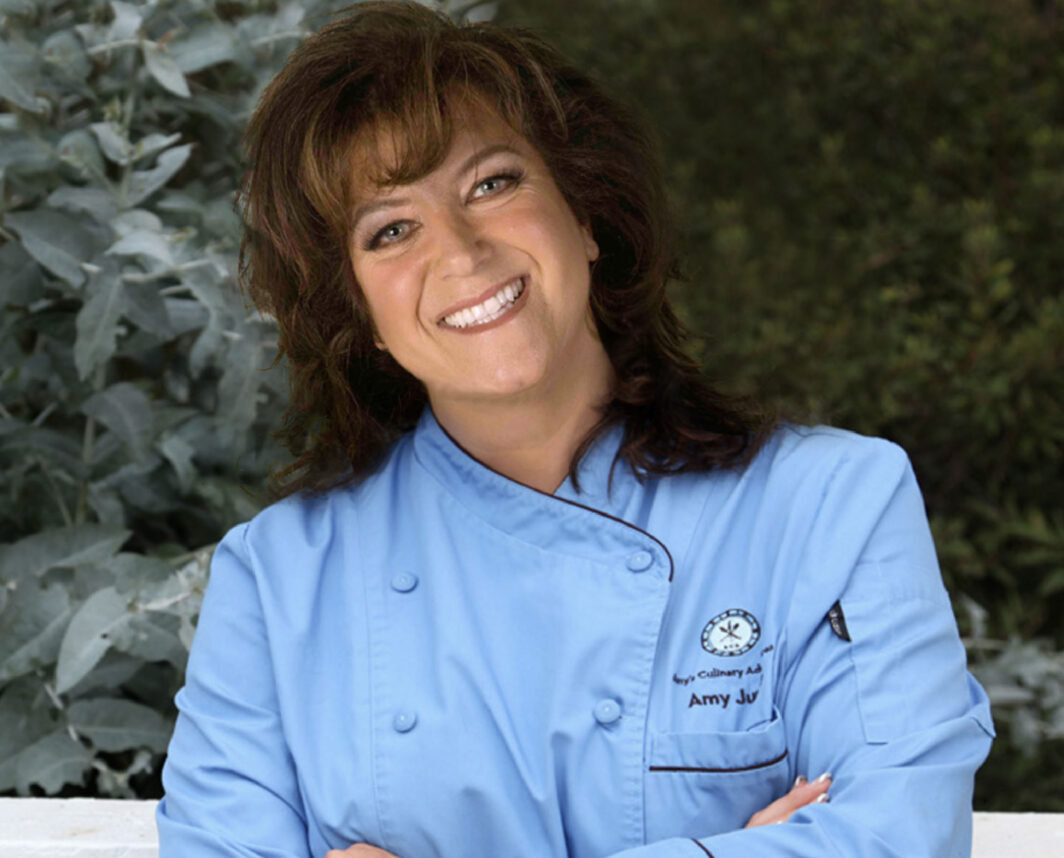
 More news and opinions than at a Shabbat dinner, right in your inbox.
More news and opinions than at a Shabbat dinner, right in your inbox.